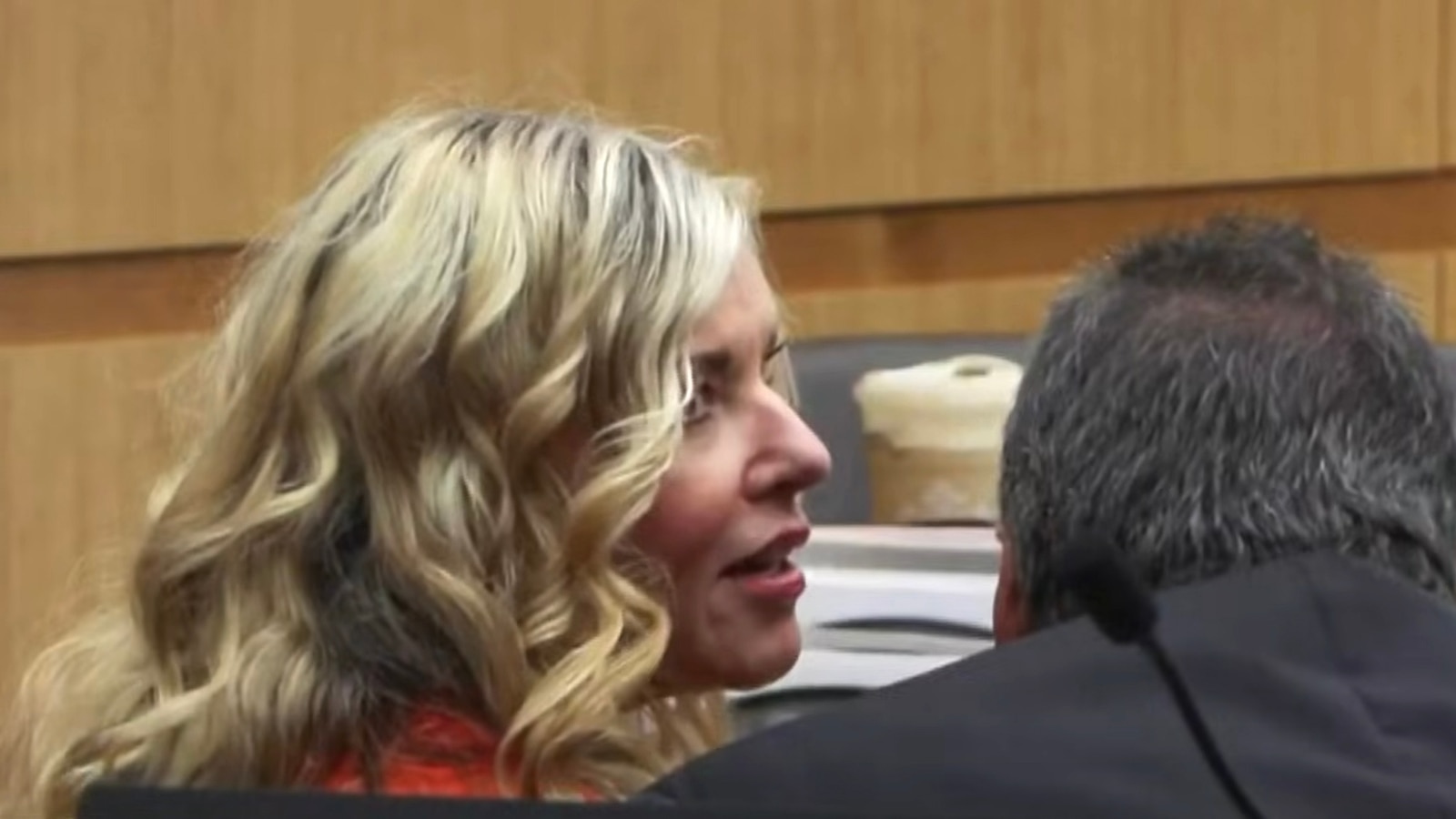What Happened
On June 14, 2025, a nationwide protest known as “No Kings” is set to take place in conjunction with a military parade in Washington, D.C., celebrating the 250th anniversary of the U.S. Army and coinciding with President Donald Trump’s 79th birthday. The “No Kings” protests are organized by various activist groups, including Indivisible and 50501, and are expected to occur in approximately 2,000 locations across the country, with significant participation anticipated in Los Angeles, where organizers expect up to 250,000 attendees. The protests are framed as a response to what participants view as Trump’s authoritarian tendencies and his use of military force against domestic protests, particularly regarding immigration policies.
The military parade, which features a display of tanks, aircraft, and thousands of soldiers, has drawn criticism from opponents who see it as a manifestation of Trump’s self-aggrandizing leadership style. Critics argue that the parade, particularly its timing on Trump’s birthday, symbolizes a troubling shift toward authoritarianism, while supporters contend it is a legitimate celebration of military service and patriotism.
Key Details
- Date of Events: June 14, 2025
- Protests: “No Kings” protests are expected in around 2,000 locations, with significant turnout in Los Angeles.
- Expected Attendance: Organizers in Los Angeles estimate 250,000 participants, a substantial increase from earlier estimates of 70,000.
- Military Parade: The parade in Washington, D.C. will feature 150 vehicles, 50 aircraft, and 6,600 soldiers, celebrating the Army’s 250th anniversary.
- Context: The protests are partly a reaction to Trump’s deployment of the National Guard and Marines to Los Angeles to address protests against immigration enforcement.
Multiple Perspectives
The “No Kings” protests are characterized by a range of opinions. Supporters of the protests, such as Ezra Levin, co-founder of Indivisible, argue that the military parade represents an attempt by Trump to equate the government with his personal authority, suggesting that it is a display of “monarchical rule.” They emphasize the importance of peaceful protest as a fundamental aspect of American democracy.
Conversely, some supporters of the parade, including military historian Ty Seidule, view it as an opportunity to honor the U.S. Army and its contributions, separate from Trump’s personal celebration. They argue that the parade can serve as a moment to reflect on the Army’s history, including its complex legacy regarding civil rights and diversity.
Critics of the parade, including Rep. Jason Crow, express concerns about the financial implications, noting that the estimated cost of $50 million could be better allocated to veteran services and military readiness. Meanwhile, Trump and his supporters dismiss the criticisms as politically motivated, framing the parade as a celebration of national pride and military achievement.
Context & Background
The “No Kings” protests arise from a broader context of political polarization in the United States, particularly surrounding Trump’s presidency. Since taking office, Trump has faced accusations of authoritarianism, particularly in his handling of protests and immigration policies. The deployment of military forces to quell protests has intensified these concerns, prompting activists to mobilize against what they perceive as an overreach of executive power.
The protests are also linked to ongoing debates about patriotism and the role of the military in American society. As Trump has utilized patriotic symbols and military displays to bolster his image, opponents argue that such tactics undermine democratic values and historical truths about the nation’s past.
The upcoming protests are positioned as a critical moment for activists, who believe that public demonstrations can influence political discourse and mobilize broader public engagement. The juxtaposition of the military parade and the protests is expected to highlight the divisions within American society regarding issues of governance, authority, and national identity.
What We Don’t Know Yet
While the “No Kings” protests are anticipated to draw significant participation, the actual turnout and the dynamics of the events remain uncertain. The potential for clashes between protesters and law enforcement, particularly given the heightened military presence in cities like Los Angeles, raises questions about safety and the nature of the protests.
Additionally, the long-term impact of these protests on public opinion and political action is still unclear. It remains to be seen how the events will influence perceptions of Trump’s presidency and the broader political landscape leading up to the next election cycle. As the situation develops, ongoing monitoring of both the protests and the military parade will be essential to understanding the evolving narrative surrounding these events.


